The thousand year history of Bergen could be summed up in “Bergen burns again and again and again.” Today visitors see a reconstruction of the five or sIx brick buildings erected in 1900’s and a compact cluster of historically accurate wood reconstructions (circe 1950s) in the Hanseatic mode of dual tenements—living quarters, commercial offices, warehouses, assembly room and a church. A very active archeological site, research and new discoveries continue. Bergen’s Hanseatic Museum chronicles the 500 year period in which a tight league of German merchants and their ecclesiastical counterparts dominated Bergen to the benefit of both.
Apparently Danish and Norwegian crusaders wrote about Bergen as early as 1191 describing stopovers in a rich town overflowing in stockfish (dried fish) as well as wine, honey and wheat, good cloth and silver. As a high school student or even as an undergraduate, I never really comprehended how something so prosaic as dried fish could influence the course of history of an entire region. Certainly I viewed it as less interesting than the battle of 1066 or the British influence on our developing nation.
Now, after visiting these Hanseatic Baltic capitals as well as the countryside between plus living in an age where we are experiencing the blowback of colonialism as a painful reality, the specifics of their rich historical landscape is unendingly fascinating.
There is more to Bergen than Bryggen–the dockside Hanseatic corporate offices and their tight knit communities for profiteering in Norway. Many neighborhoods are lovely and the countryside is gorgeous.
On our final Bergen day we took a light rail out to visit Edvard Griegs home and saw a lot of the Bergen “burbs.’ Then topped the day off with a great meal in our neigborhood and a ride up the funicular.
- Manhole Cover with the Seven Signature Buildings
- A Pocket Lake in Grieg’s Neighborhood
- Sod Roof on Contemporary Concert Hall
- Edvard Grieg
- Silhouette Sculpture of Edvard Grieg
- Grieg’s Home
- Inside the Concert Hall
- Back in Bergen
- Bergen’s Free Bus Around Town
- Downtown Grieg with Pigeon
- The Apple House
- Two Cars Passing
- Down We Go
- Summit Restaurant and Cog Sculpture
- Still Enjoying the View
- More Topside
- View from the Top
- The Funicular
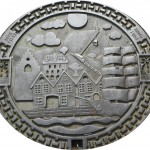
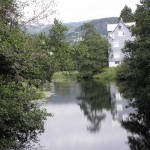
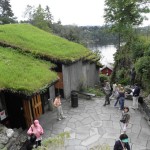

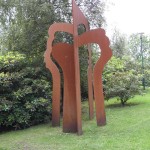
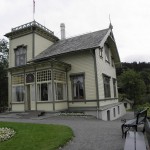
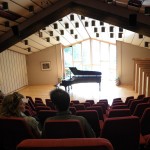
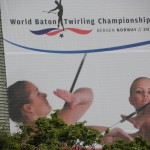
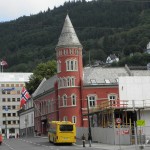
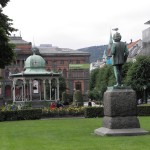
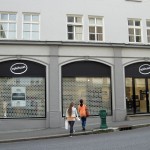

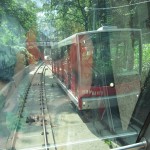
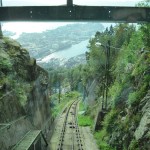
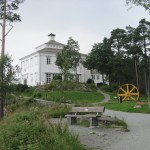
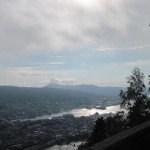
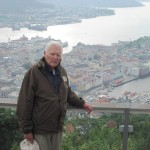
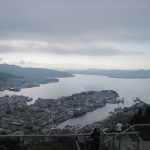
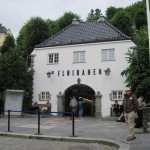
Sorry, the comment form is closed at this time.